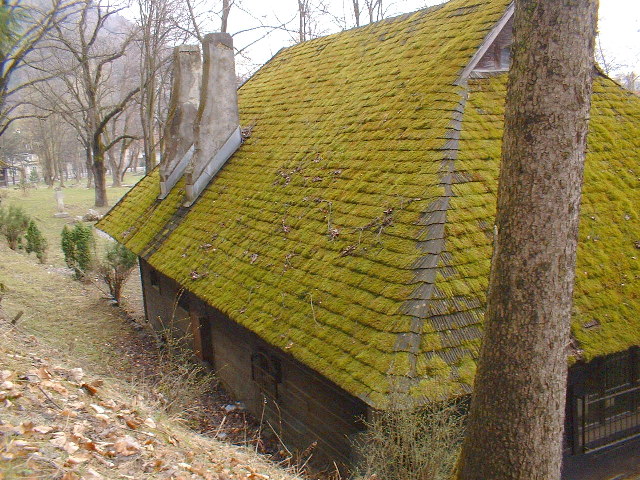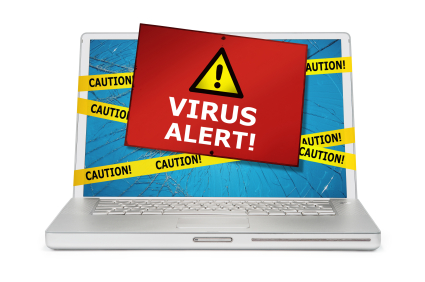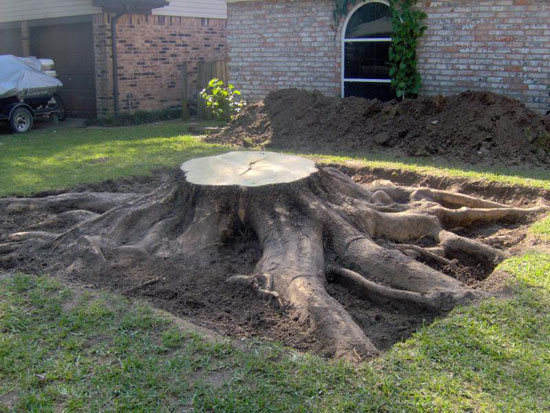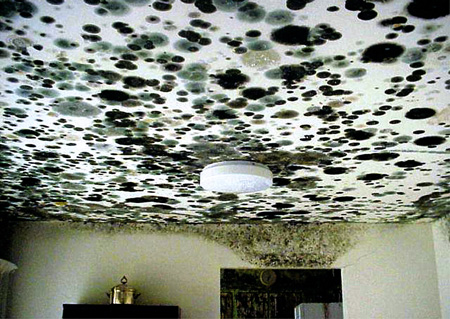Killing Moss
When your lawn, patio or roof comes under attack by problematic moss, it is time to take action. Moss is resilient and can multiply quickly under certain circumstances. Moss thrives mainly on lawns that occupy a shaded area and where the soil is damp from lack of sunlight. Very short grass from excessive and improper mowing can also have an influence on a moss problem.
It is important to not only get rid of the existing moss but take measures to make sure the troublesome moss does not return. Killing moss in the early stages before it becomes widespread will help to keep moss problems under control.
You can easily get rid of moss on lawns by using products that contain ferrous sulfate or ferrous ammonium sulfate or a variety of lawn fertilizers containing moss control ingredients. A three-ounce solution mixed with five gallons of water will kill and control the spread of moss in a 1,000 square feet area effectively and is not harmful to the environment.
A 50/50 mixed bleach and water solution is also effective for killing moss on lawns. You will want to be careful the bleach does not get on the grass or plants as it will kill that as well. Once the moss has died, it typically takes on a black color. You can scrape it out with a rake and apply grass seed to the exposed area. The bleach solution also works on patios and roofs. Apply the solution to the moss for a few minutes and then wash off with a hose. Repeating this process once a year will keep the moss from returning.
Moss on steps is not only unsightly but can be slippery and dangerous. Apply full-strength vinegar over the mossy areas on the steps letting it penetrate for about ten minutes. Scrub vigorously with a brush, rinse off the area and let it dry. Cleaning steps on a regular basis with vinegar will prevent any moss from building up and becoming a problem.
The key to long-term moss control is to improve the conditions of your lawn. If the lawn is not getting sufficient sun, trimming back tree branches may help get some sunlight through. Try to eliminate the amount of moisture in your yard by improving drainage or other methods to dry out the area. Moss thrives on a very low pH level. It may be beneficial to have the pH level of your soil tested. If the soil shows levels below 6.0, this implies that your lawn is lacking in essential nutrients. Applications of lime can be applied to the soil to raise the pH level and restore the proper nutrients that will make it easier to preserve the quality and heartiness of the lawn.
A regular maintenance schedule to keep your lawn and other potential mossy areas in peak condition will go a long way in keeping bothersome moss under control.




